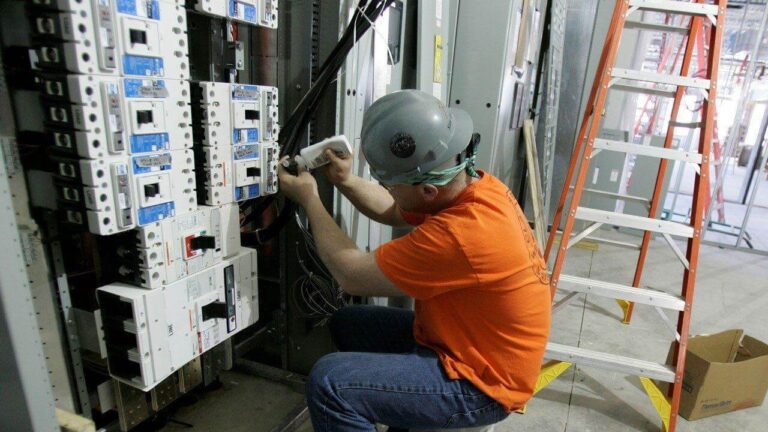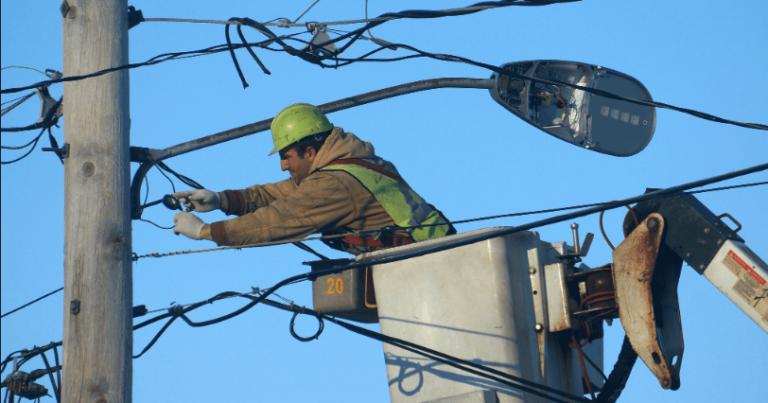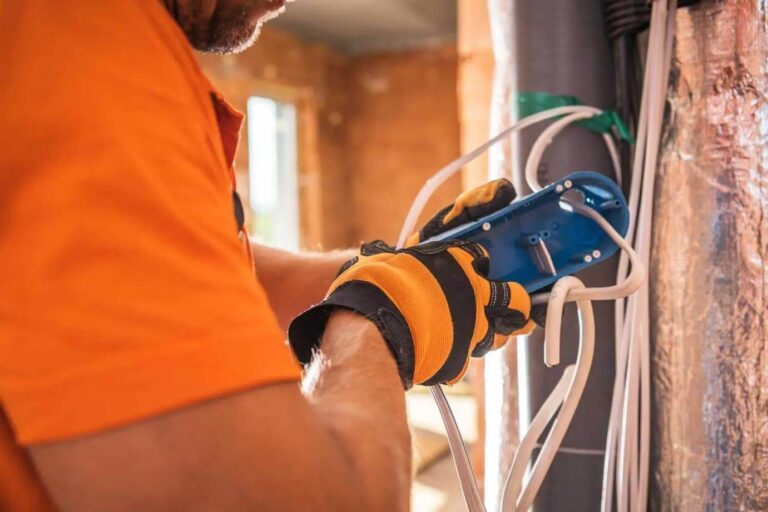As an electrician, ensuring that your work meets the highest standards of safety and quality is crucial. One of the key ways to guarantee this is through a Certification of Compliance. In Australia, this document is essential for both electricians and clients, confirming that any electrical work undertaken complies with all relevant laws and regulations. For both residential and commercial projects, the Certification of Compliance plays a vital role in ensuring electrical safety, safeguarding the property, and protecting the people who occupy it.
What is a Certification of Compliance?
A Certification of Compliance is an official document issued by a licensed electrician after completing electrical work. This certificate confirms that the installation or repairs meet the national safety standards set out in Australian laws and regulations. It ensures that all electrical work is safe, reliable, and completed according to the prescribed codes and standards.
This certification covers various types of electrical work, including installation of wiring, switchboards, lighting systems, and other electrical equipment. It also applies to repairs, replacements, and upgrades in existing systems. Whether it’s for a new home, renovation, or commercial premises, this certificate assures the customer that the job has been carried out professionally and in compliance with legal requirements.
Why is Certification of Compliance Important?
The importance of a Certification of Compliance cannot be overstated. In Australia, it is not only a legal requirement for certain types of electrical work, but it also provides peace of mind to property owners. The certification demonstrates that the work has been completed to a high standard and poses no risk of electrical hazards, such as fires, electrocution, or equipment failure.
For electricians, issuing a Certification of Compliance is a way to stand by the quality of their work and demonstrate their professionalism. This certification also serves as a protective measure, limiting liability if any issues arise from the electrical work in the future. Without this certification, electricians and property owners could face serious legal consequences if accidents occur or if work fails to meet Australian safety standards.
How is the Certification Process Carried Out?
The process of obtaining a Certification of Compliance is straightforward but must be handled carefully. Once the electrician has completed the electrical work, they will assess it to ensure all wiring, connections, and components adhere to Australian standards. This includes checking that all safety measures are in place, such as proper earthing, circuit breakers, and RCDs (Residual Current Devices).
After this assessment, the electrician will complete the necessary paperwork and provide the property owner with the Certification of Compliance. This document will detail the scope of work, the standards it complies with, and the licensed electrician’s details. It is essential for the property owner to keep this document as it may be needed for future reference, especially if selling the property or having additional electrical work done.
Legal Obligations for Electricians and Property Owners
In Australia, all licensed electricians must issue a Certification of Compliance for specific types of electrical work. This ensures that electricians operate within the law and follow best practices in the industry. Property owners, on the other hand, must ensure that they hire licensed electricians who are authorised to issue this certification.
Failure to provide or request a Certification of Compliance can result in hefty fines and penalties, not to mention the significant safety risks involved. Therefore, it’s crucial for both parties to understand their obligations under Australian law to ensure compliance, safety, and quality in all electrical installations and repairs.

















